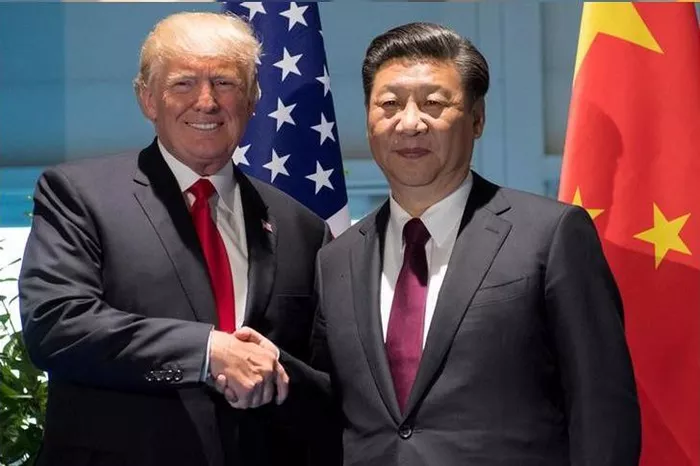The OPEC+ alliance, already grappling with supply management issues, faces a turbulent end to 2024, exacerbated by unexpected weaknesses in global oil demand and political uncertainties from the United States.
The group, which includes members of OPEC and other oil-producing nations, has struggled this year to balance oil supply and prices. Initially, several member countries exceeded their production targets, undermining the efforts of other producers who adhered to agreed production cuts. Then came data from the first and second quarters of the year showing that China’s oil demand growth fell far short of OPEC’s optimistic projections, a setback for the group’s supply management strategy.
As the year draws to a close, OPEC+ faces new complications. The announcement that the group will delay the easing of production cuts until January 2025 has been overshadowed by the political shift in the United States. With President-elect Donald Trump poised to take office, the oil market faces new uncertainties that could further complicate the cartel’s ability to stabilize prices and production levels.
China’s Weak Oil Demand
OPEC+ has been blindsided by weaker-than-expected oil demand from China, the world’s largest oil importer. The group has struggled with supply adjustments as Chinese economic growth has slowed, further compounded by a property crisis affecting construction and a shift toward electric vehicles (EVs). In particular, the rise of EV sales and LNG-fueled trucks in China has hurt demand for traditional oil products, such as diesel.
In its World Energy Outlook 2024 report, the International Energy Agency (IEA) noted that China’s electric vehicle surge has disrupted OPEC’s forecasted oil demand growth. As a result, OPEC revised its global oil demand forecast downward for the third consecutive month in October, cutting its 2024 expectations, particularly for China. This downward adjustment reflects ongoing challenges in forecasting demand amid a shifting energy landscape.
China’s official crude import data adds to OPEC’s woes. In October, crude imports fell to 10.53 million barrels per day (bpd), marking a 9% decrease compared to the same month in 2023. This drop marks the sixth consecutive month of lower-than-expected imports and underscores the broader trend of weaker demand from China.
Uncertainty Under Trump
In addition to the challenges posed by China, OPEC+ must now navigate an uncertain geopolitical landscape as President-elect Donald Trump prepares to take office. Trump’s administration is expected to impose tougher sanctions on Iran, which remains exempt from OPEC+ production cuts. Iran’s exports hit a six-year high earlier this year, and a reduction in its supply could potentially drive up oil prices, provided demand remains stable.
However, Trump’s broader economic policies could have a chilling effect on global oil demand. The incoming president has floated the idea of imposing tariffs on imports, including a 10% tariff on all U.S. imports and a 60% tariff on imports from China. Such measures could stifle global economic growth, leading to weaker oil demand. According to Wood Mackenzie analysts, tariffs could reduce global oil demand by as much as 500,000 bpd in 2025, a significant portion of their projected 2.2 million bpd increase in global oil demand.
Tariffs and a potential slowdown in economic activity could soften oil prices by as much as $5 to $7 per barrel. As a result, OPEC+ may face additional pressure to adjust production levels more frequently than planned, particularly as the global oil market braces for potential disruptions from Trump’s policies.
Impact on U.S. Oil Production
While the U.S. oil and gas industry may benefit from a more supportive administration under Trump, analysts caution that production growth is unlikely to surge dramatically. Large U.S. shale producers are expected to prioritize returns to shareholders and capital discipline rather than aggressive drilling. The prospect of higher tariffs could also expose U.S. producers to cost inflation, further limiting the potential for production growth.
Ultimately, the direction of U.S. oil production will be shaped by oil prices, and tariffs could add another layer of complexity to the market dynamics.
Related topic:

